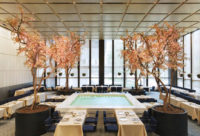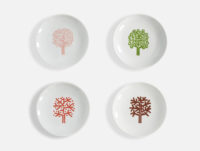Nostalgia, Surprises, and Staggering Prices at the Four Seasons Restaurant Auction
The sale brought in just under $4 million.

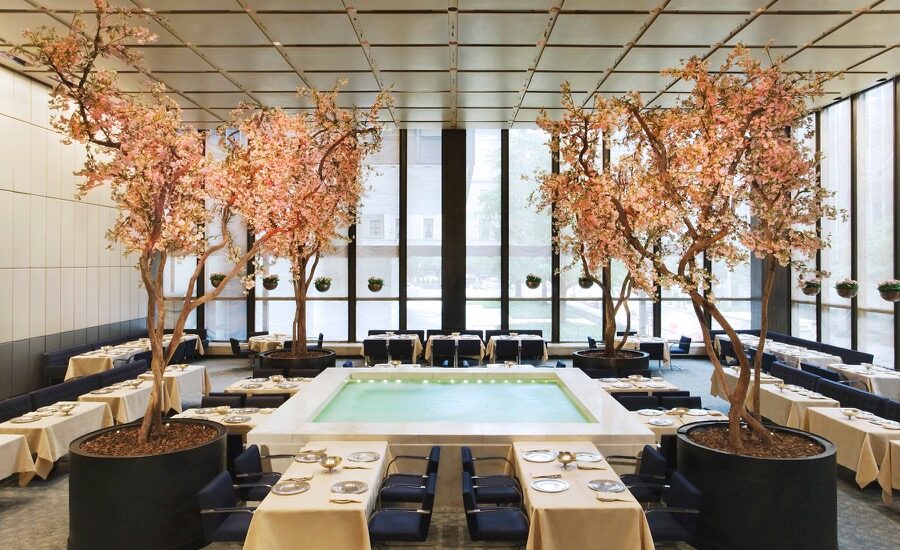
The Four Seasons Pool Room
Image courtesy of Wright
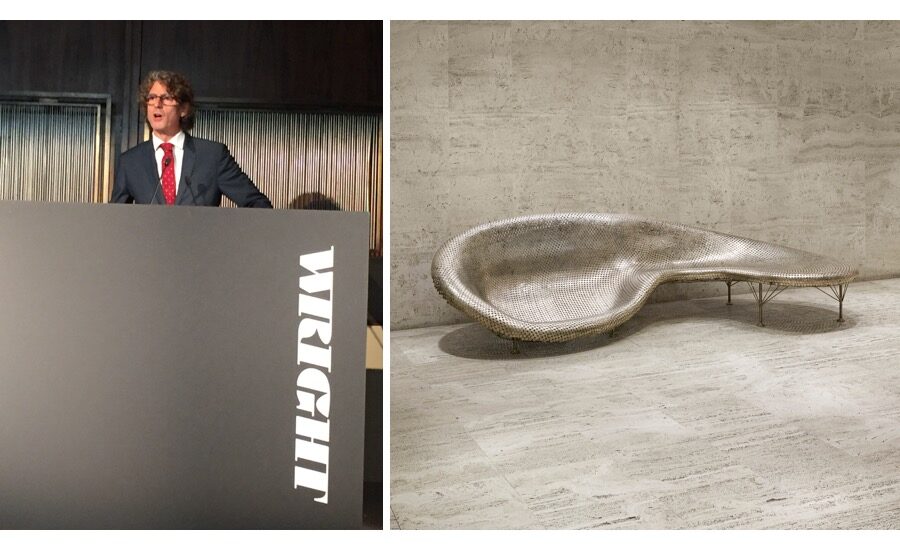
Photo © Architectural Record (left), courtesy of Wright (right)

Hard hats featuring the Four Seasons' iconic logo and signed by its owners were sold for $100 each.
Photo © Architectural Record
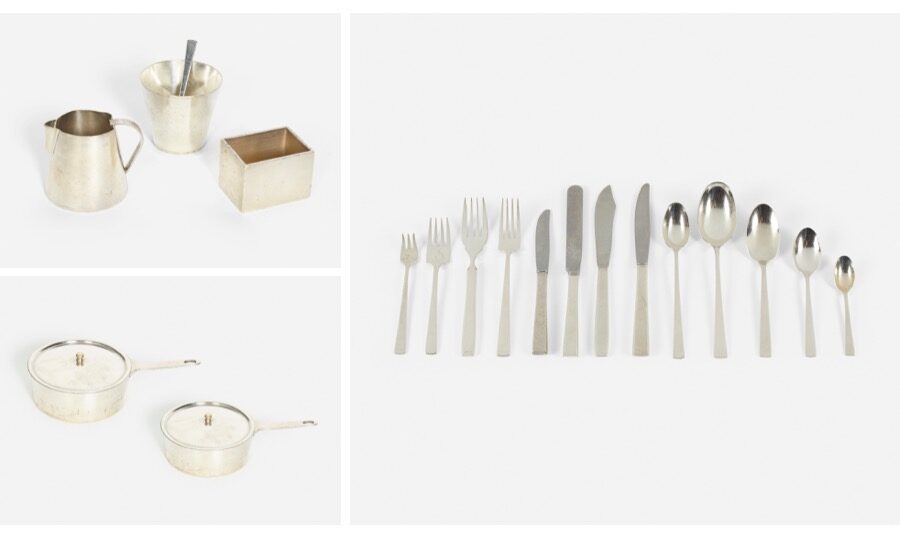
Photo courtesy of Wright
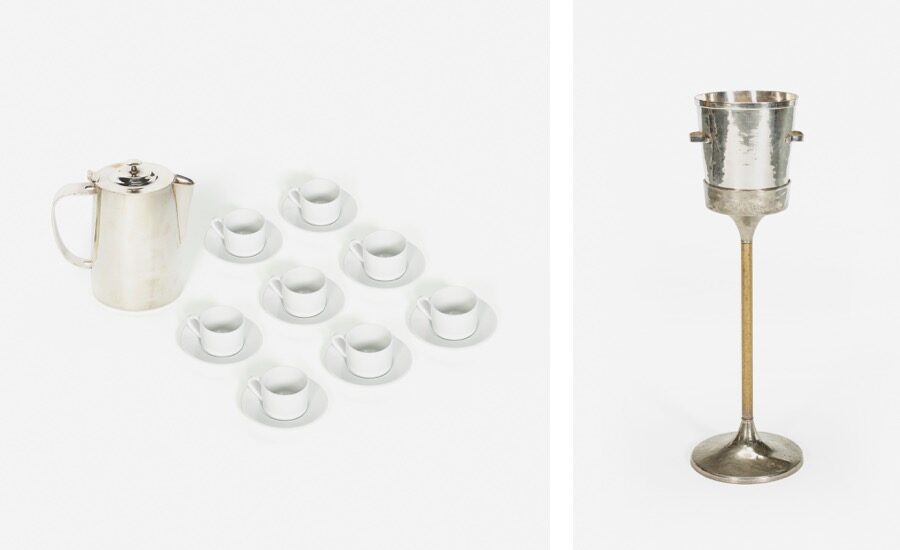
Photo courtesy of Wright
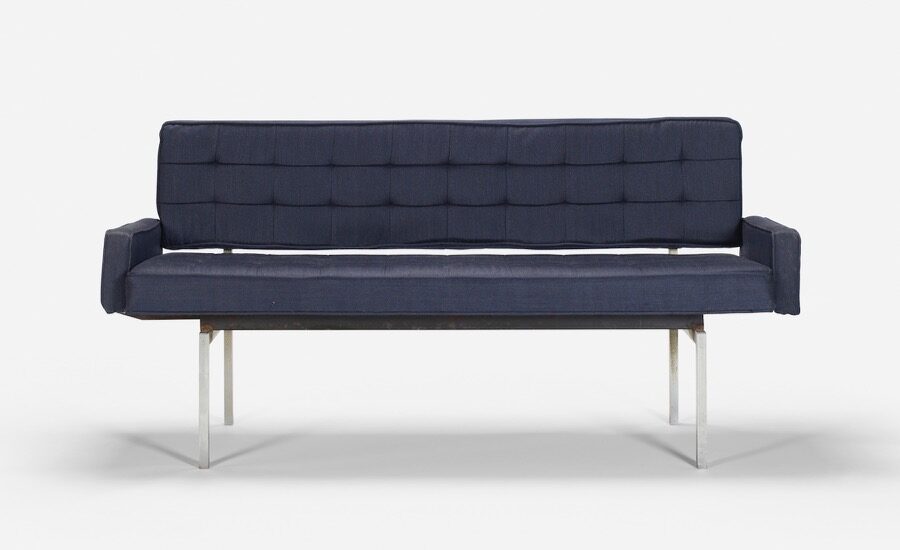
Photo courtesy of Wright







With over 600 lots up for bid, yesterday’s auction at the Four Seasons began at 10a.m. and went well into the evening. It started off with a bang. The first item, one of the restaurant’s bronze signs with its iconic logo of trees in winter, spring, summer, and fall, sold for $96,000—nearly 20 times the modest estimate of $5,000 – $7,000. Proceeds from that sale went to the Canadian Centre for Architecture, founded by Phyllis Lambert, who was integral in hiring Mies van der Rohe to design the Seagram Building, and Philip Johnson the Four Seasons within its lower levels. She had also been very vocal in her wish to keep the interiors—at the time in 1959, the most expensive restaurant ever built at $4.5 million and for decades home to the power lunch—intact.
Everything from furniture to flatware was sold off, some at staggering prices—$4,000 for a set of twelve martini glasses, $6,000 for the same number of ashtrays. Though the auction moved along slowly, with drawn-out bidding for almost every item—many in duplicate and triplicate—there were moments of levity. At one point, Julian Niccolini, co-managing partner with Alex von Bidder, wearing a hard hat and always with a flair for theatrics, brought around cotton candy for the crowd —many regulars of the establishment there — to bring home a piece of history (The restaurant’s cotton candy machine sold for $6,000).
Later, a partial bronze sign—minus the logo—went up for bid. It had been stolen in the 1960s by a fraternity pledge who had kept it all these years and called Niccolini and von Bidder when he heard about the auction. “Let’s help clean a good man’s conscience,” joked Richard Wright of Wright auction in Chicago. It sold for $40,000, with proceeds going to the Children’s Health Fund. Prior to the auction, von Bidder himself said that he was glad “this long, crazy funeral has almost come to an end.”
“There are two ways to do it,” he explained. “One is to be sad and teary-eyed, the other is to celebrate.”
It turns out, however, that von Bidder’s prediction that Philip Johnson’s three-sided banquette—the legendary table #32 where Johnson had lunch nearly every day for years, and where Princess Diana dined the only time she went to the Four Seasons—would fetch the highest price, was off by a long shot: It got only $28,000. (Proceeds benefitted Johnson’s The Glass House). Instead, the curved banquette that was on permanent reservation for billionaire Blackstone founder Pete Peterson, fetched $50,000. “Who knows,” von Bidder remarked. “Maybe it was Pete who bought it?”
The most expensive item turned out to be the first lot. The entire sale brought in just under $4 million—all items sold, and most for several times their estimated value. A handful of pieces, including another curved banquette and a black leather sofa and matching hassock, were acquired by the Metropolitan Museum of Art.
The money raised will definitely come in handy as Niccolini and von Bidder build out the new location of the Four Seasons, currently being designed by Brazilian architect Isay Weinfeld, who was in attendance at the auction, down the street at 280 Park Avenue. Though that is not expected to open for at least 18 months, “the memory of the Four Seasons will live on,” said Niccolini. “The soul of the place—that is not on the auction block.”



